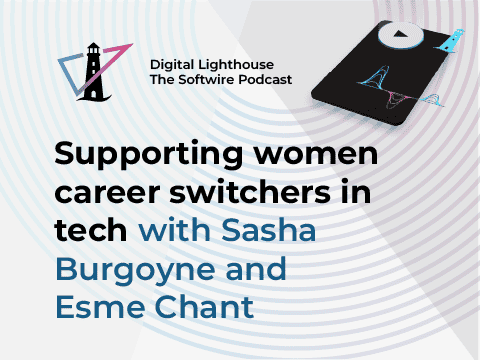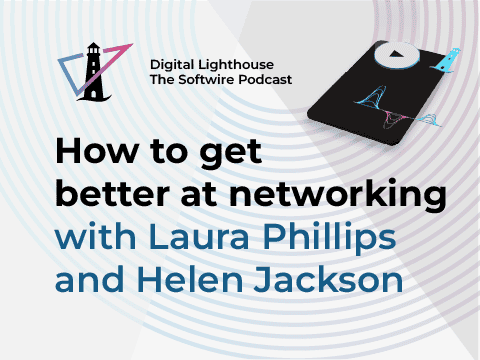
In this second blog, looking at what makes a great organisational culture, Softwire MD Zoe Cunningham looks at the role perks play. What works? What doesn’t work? And what do you do when perks have unexpected side-effects?
Of the seven critical success factors for great organisational cultures, perks are perhaps the highest-profile and one of the more-easily understood. We’re talking about the extras your employees get over and above their salaries. Perks are designed to make people feel cared for and, consequently, make your business more attractive to potential recruits, and boost employee productivity and loyalty.
You’ll find employers offering everything from free food to free time, as they seek to outdo their competitors in the ongoing ‘perks arms race’ that’s long been a feature of many sectors.
Making perks a success
I’m convinced perks can be effective motivators. They can make your employees feel good at the time they enjoy the perk, and can provide a second hit when they tell envious friends and family about the great things they get from their employer.
The key to making perks work is to ensure you’re getting more out of them than they’re costing you financially. This means looking at largely intangible benefits. Are they generating goodwill among your employees? Are they bringing your teams together, helping build better relationships within your business?
Solicit opinions from your employees about the perks you offer: surveys are a quick and easy way to get lots of quantitative data, or to get employees to vote on a particular proposal. But don’t underestimate the importance of talking to your employees about your perks programme. We find this often brings things to light that you wouldn’t find out in a survey.
Remember that no perk will be universally appealing. This is why you need a blend that’s as diverse as your workforce. So when you consider adding new perks, try to make them different from what you’ve already got. If you take your teams on annual paintballing trips and want to increase your perk offering, go for something altogether different.
When a perk is no longer a perk
While perks are undoubtedly an effective way of sweetening up your employment package, things don’t always play out the way you might expect.
I’ve heard plenty of stories of companies where things that started out as perks have gradually become taken for granted, and no longer have the positive motivational effect you want.
I’ve also talked to people in companies where perk initiatives have fallen flat, because they’re not accompanied by sufficient trust – a topic I’ll cover in a later blog. One business I spoke to had spent a lot of money on a fancy games room, but no one ever used it. Why? The management had set strict rules about when employees were allowed in. Rather than being an attractive addition to the workplace, the room was seen as a symbol of management coercion.
The unexpected side-effects of perks
There’s also a danger that perks can have unexpected consequences on your organisational culture. For example, offering free drinks, after-work office parties and regular team get-togethers may sound like a great idea when it’s first suggested. However, if a culture develops around these perks whereby all employees are pretty much expected to attend, chances are you’ll alienate anyone whose lifestyle doesn’t align with spending every waking hour at work or with colleagues. Ultimately, those people will leave, meaning you end up with a less diverse workforce.
Similarly, we’re seeing more companies trialling unlimited paid leave, with the idea being to empower employees to work in a way that suits them and balances better with their lives outside work. In practice, some businesses that have implemented this approach report that people actually take less holiday than they would otherwise. In other words, a perk designed to give people a better work-life balance is actually doing the opposite. Some companies may see this as a good thing, but I believe it’s important people have time away from work, which is why we haven’t gone down this route at Softwire.
Trial and monitor your perks
These examples of perks losing their effectiveness or having unexpected side-effects show why it’s essential you think things through carefully before adding anything to your offering. But even well-considered plans can miss things, which is why it’s best to initially introduce perks for limited-time trials. This will enable you to monitor how people are using the new perks, how they feel about them, and the effect they have on your culture. If the perk works, keep it. If it doesn’t, withdraw it at the end of the trial.
Be flexible and innovative
Even the perks you keep beyond their initial trials shouldn’t be set in stone. Review things periodically. Try new things and see how they work. Equally, if you see a perk losing its effectiveness or having undesired side-effects, don’t be afraid to withdraw it. The aim is for perks to help you create a great culture in your business: if the perks you have aren’t doing that, it’s time to swap them for things that will.
Lastly, remember that perks aren’t the only thing you need to get right. In my next blog, I’ll be looking at how the office environment can have a bearing on the culture in your business.


